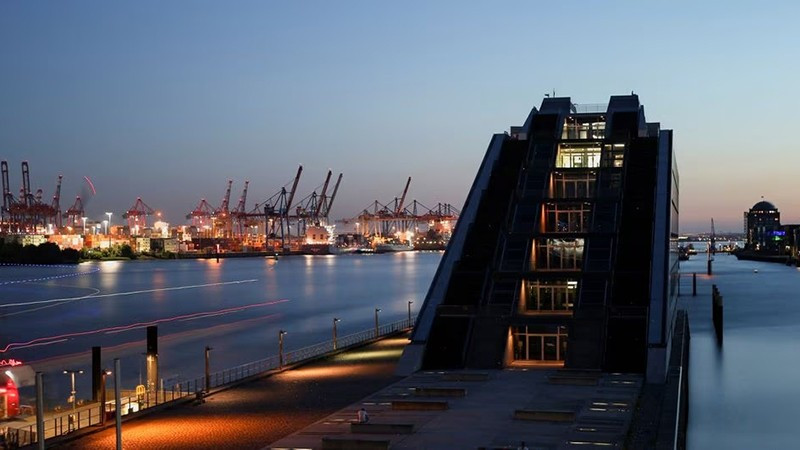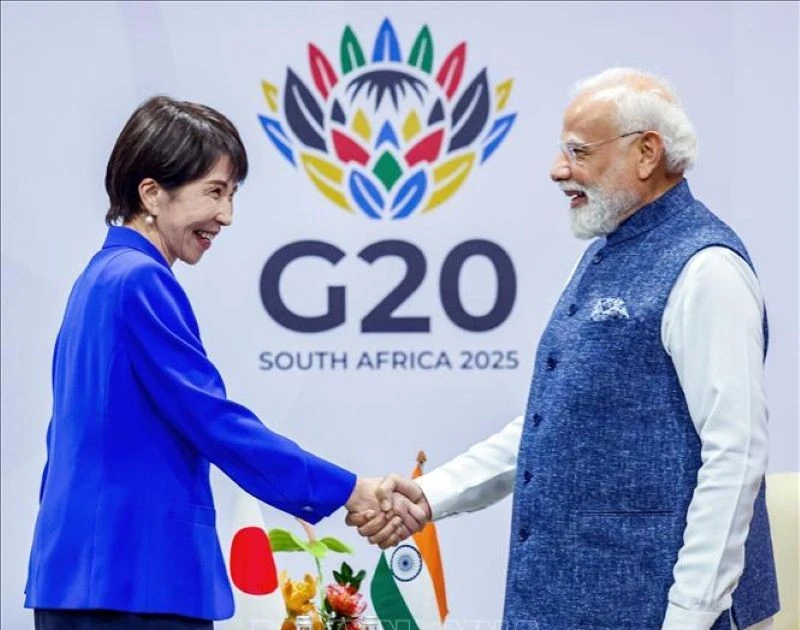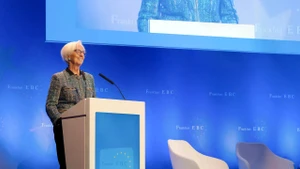Europe's leading economy, Germany, has fallen into recession and the outlook for the coming months is also quite bleak. The Federal Statistics Office (Destatis) has just released data showing that the GDP of Europe's No.1 economy shrank by 0.3% in the first quarter of 2023.
Along with a decrease of 0.5% in the fourth quarter of 2022, the German economy recorded two consecutive quarters of negative growth and officially fell into a technical recession.
The German economy has been weakening due to the impact of inflation causing households to spend less on food, beverages, clothing, shoes and furniture, compared to the previous quarter. New car sales also fell, partly because the government stopped subsidizing packages at the end of 2022. Along with weak demand for goods, the government’s spending also fell in the first three months of the year. According to the Ifo Institute for Economic Research, the business climate index fell more than expected in May, marking the first drop after six consecutive months of gains.
ING economist Carsten Brzeski assessed favourable factors, such as warm winter and the recovery of industrial activity after the Chinese market reopened and loosened supply chains, are not enough to bring this leading economy out of the danger zone.
Economic experts said if the recession continues, Germany will fall into a real economic crisis. Thus, unemployment and default rates will increase, goods will be stagnant, production activities will be halted and stock markets and banks will collapse. All will create a nightmare scenario for Europe's leading economy.
Meanwhile, the world's No.1 economy, the US, is also on the brink of recession. Last weekend, the US Federal Reserve (FED) forecast that the US economy will have a slight recession this year.
In preparation for its interest rate policy meeting in early June, the FED said tightening financial conditions would lead to a mild recession starting later this year, and then the US economy is likely to recover at a moderate pace.
FED experts forecast that the real GDP growth of the US will decelerate in the next two quarters, and then GDP will start to decline slightly in the fourth quarter of 2023 and the first quarter of 2024.
The main challenges facing the world's largest economy include a high inflation rate, risk of financial instability, weak global economic growth and an unfavourable external environment.
On May 26, the International Monetary Fund (IMF) said a slowdown in growth could lead to a slight increase in the unemployment rate in the US next year.
Meanwhile, members of the Federal Open Market Committee (FOMC), the FED's policy-making body, still disagree on the next steps to deal with economic challenges. Some commented that it is necessary to continue to strengthen policies in upcoming meetings to accelerate the process of bringing inflation back to 2%.
However, others argued that if the economy continues to develop on current trends, strengthening policies may not be necessary.
In Asia, the leading economy of China is also slowing down and facing many difficulties, although the country has still been considered an important growth motivation of the continent and the world.
Speaking at a conference in Beijing, Deputy Director of the IMF’s Asia and Pacific Department Thomas Helbling said, that global economic growth could suffer a big hit if the geopolitical fault increases. As a result, China's economy is likely to slow down in the medium term.
China's imports fell sharply in April, while its export growth slowed down, showing a sluggish demand at home and abroad.
China's Customs data released in early May showed that the country's imports in April fell by 7.9% year-on-year, much lower than the 1.4% drop in the previous month. The country’s exports rose only 8.5%, also down from a gain of nearly 15% in March. The sharp drop in trade flows raised concerns about external demand and risks to the Chinese economy.
Especially in the context that the recovery momentum in this country is still fragile when both exports and imports have been affected by anti-epidemic measures and an unfavourable external environment.
Analysts said that the "growth confidence" of the world economy this year was mainly placed in the Asia and Pacific region. It remains to be seen as the most dynamic of the major regions around the world in 2023. Its economic growth has been promoted by the optimistic outlook of the Chinese and Indian economies. Like the rest of the world, domestic demand is expected to remain the biggest driving force for growth across Asia this year.
Although China’s economic growth shows signs of slowing down, the reopening of Beijing will still be considered a “lifesaver” for many Asian and world economies, because this is the main factor driving consumption and service industry needs.
The "dark clouds" over the leading economies of the continent and the world show that the general picture of the world is still dark and the challenges this year are enormous.
A newly released report by the United Nations has forecast global economic growth of 2.3% in 2023 but warned that for many developing countries, the outlook has deteriorated as credit conditions are tightened and external financing costs increase.
The world economy is facing many difficulties and uncertainties. In that context, leaders of major countries and financial institutions need to enhance active cooperation to find a "common voice" in controlling inflation, stabilising the supply chain, stimulating production and consumption, and implementing new cooperation initiatives on a regional and global scale.
















